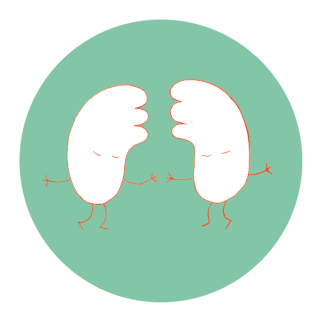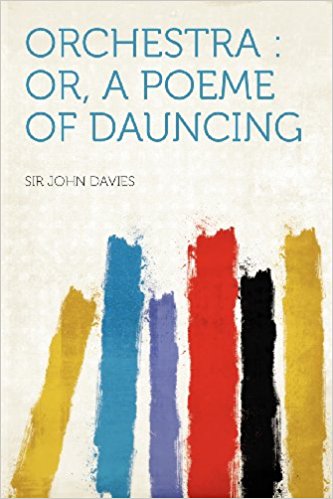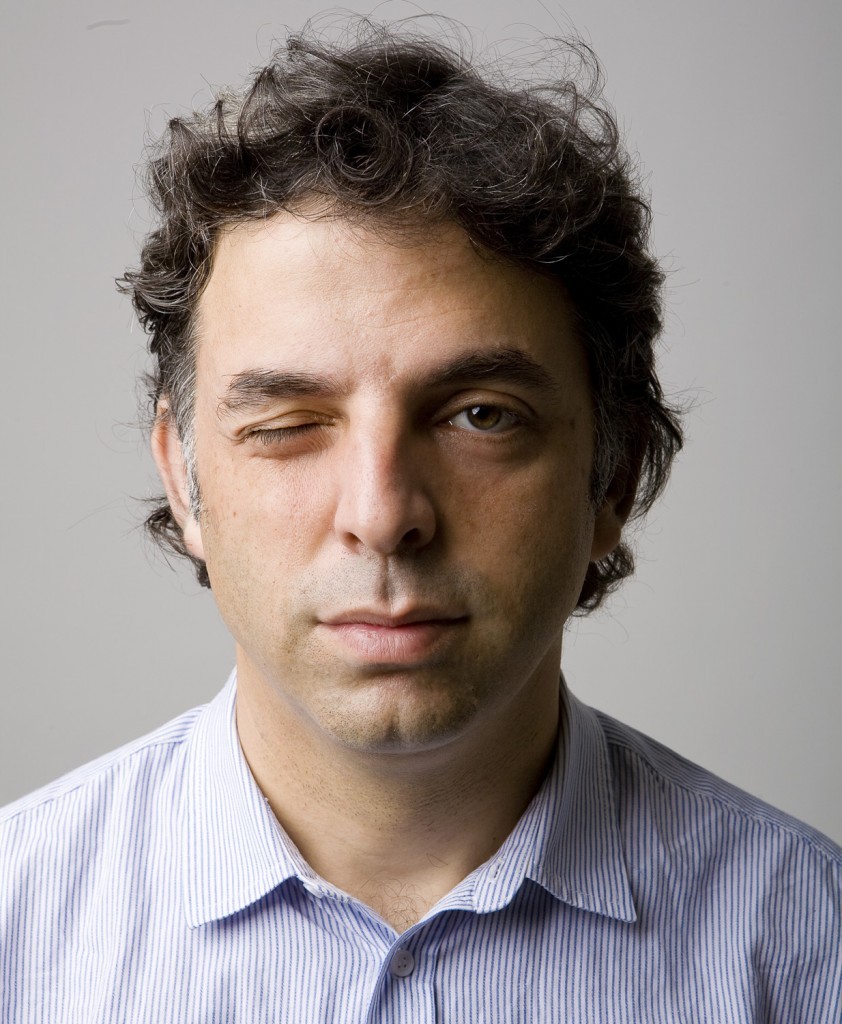A breath token is a breathing exploration that I develop for friends & clients and send out as a gift.
Riding the breath wave
Lying down on the floor, let’s allow our weight to be carried. We can sense the back of the body in contact with the floor. Then let’s place our hands on the belly and allow them to settle there. On the front of the body, we can sense the palms and fingers on the belly, also the structure, the temperature, the fabric of our clothing etc. In time we can also sense the movement of the breath underneath our hands. Our hands are carried along by the breath movement, like when we lie on our back in the ocean. Read More








